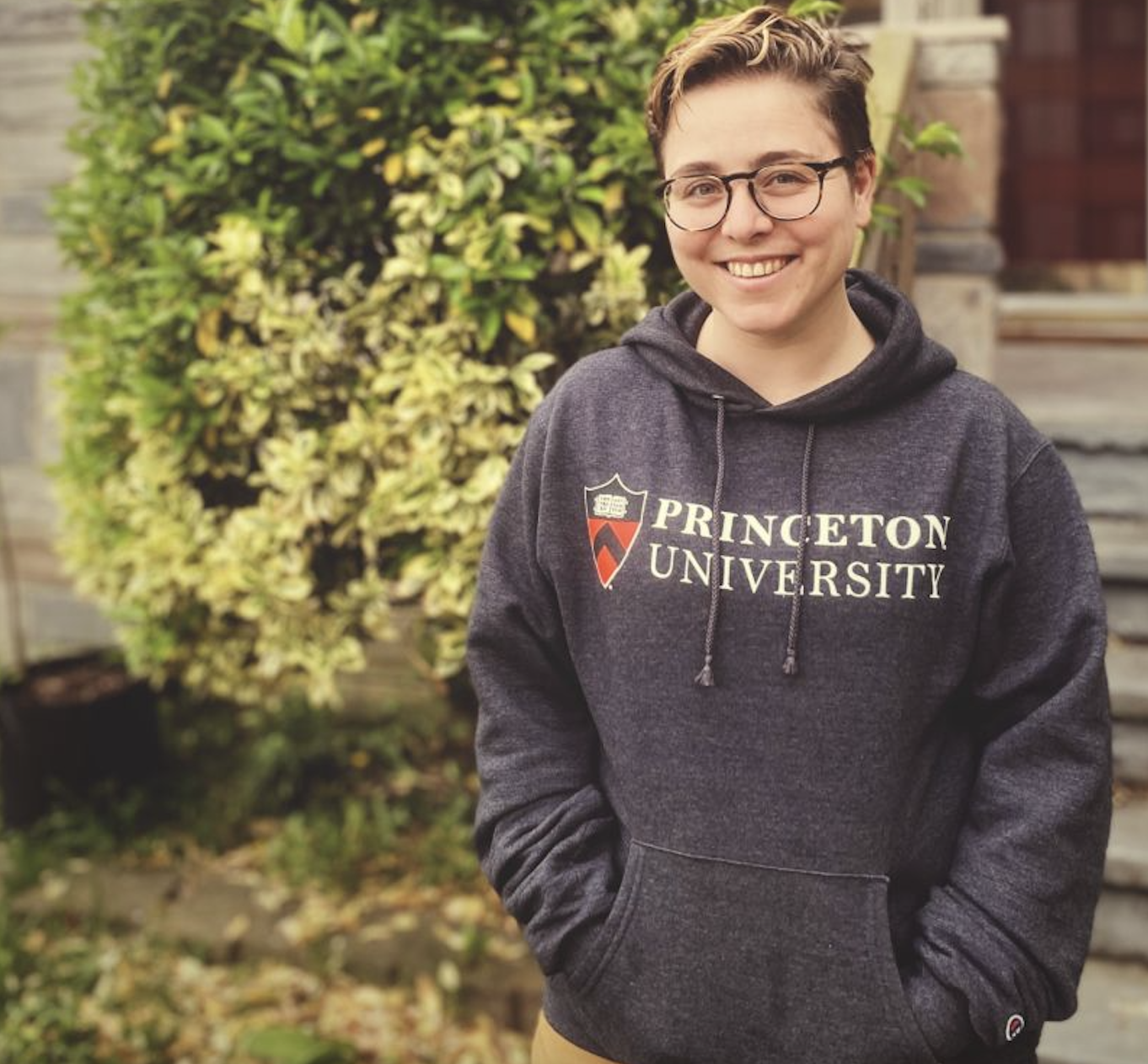Why I left my great job to become a Ph.D. student
I loved my job as a researcher within an AI/ML accelerator for a large defense contractor. It was a fantastic role at a great company, where I was valued both as a leader and an individual contributor. I had the freedom to set my own research objectives, pursue projects I was passionate about, and collaborate with brilliant researchers who brought fresh ideas to government research and development. And yet, five years into my post-master’s career, working a job I truly loved, I knew that I had to go back to school.

The AI/ML accelerator first came onto my radar through the (now) wife of one of my undergraduate rugby teammates. At the time, I was halfway through my Applied Mathematics Master’s Degree at Georgetown University and beginning to consider how to put my new skills into professional practice—while also figuring out how to tackle the substantial debt I had accrued. She told me about the accelerator’s innovative projects with the Defense Advanced Research Projects Agency (DARPA) and other ARPA-style programs. It sounded like a dream role, brimming with creativity and cutting-edge applications.
I’d always aspired to work in the public sector, using advanced mathematics and modeling techniques to help the government innovate on existing technologies and processes. Through her connection, I landed an internship and set out to prove to the team that, despite being young, inexperienced, and a little headstrong, I was worth hiring full-time.
That summer, I developed a working example of a privacy preserving electronic health record system for shared computation. The system relied on fully homomorphic encryption to perform secure aggregation and linear regression computations. That project helped me secure a full-time role, and I went on to collaborate on other exciting initiatives, including image classification systems using hyperdimensional computing, secure LLM inference with confidential computing, and explainability for multi-objective UAV control. It was an exhilarating period of discovery, fueled by the rapid emergence of new AI capabilities.
I also had the privilege of helping to establish our department’s intern program, which brought talented new individuals into the team. I got involved in the organizations LGBT and diversity within government contracting leadership team.
Later, I became fascinated by the potential of reinforcement learning (RL). I helped form a team dedicated to building prototype systems to showcase how RL could drive autonomous systems, aiming to spark government interest in funding these projects. However, building these systems was painstakingly difficult. They were finicky, dependent on slow simulators, and hypersensitive to parameter tuning. Agents struggled to collaborate, and out-of-distribution actions were handled poorly. Existing RL algorithms were neither sample-efficient nor scalable, especially compared to techniques from other AI subfields.
Despite the challenges—or perhaps because of them—I was captivated by the possibilities. There had to be better ways to learn through interaction, and I wanted to help find them.
So, I made the difficult decision to leave a job I loved and take what felt like a step backward to become a student again. I wanted to learn how to create better learning algorithms, and I was fortunate to join a team under Ben Eysenbach focused on making foundational advancements in reinforcement learning. It was an opportunity I couldn’t pass up, and after my first semester, I’m glad I took the leap.
Still, I sometimes miss my old job. Being a student again—particularly in a demanding Ph.D. program—can be daunting. I’m once again a beginner, struggling to learn (much like my RL models) a more optimal policy for navigating this new phase of life. It’s intimidating, and I’ve realized I’ve forgotten how to do homework! But I’m determined to succeed, create, and grow into a capable machine learning algorithms researcher.
I hope you’ll join me on this next journey.
Enjoy Reading This Article?
Here are some more articles you might like to read next: